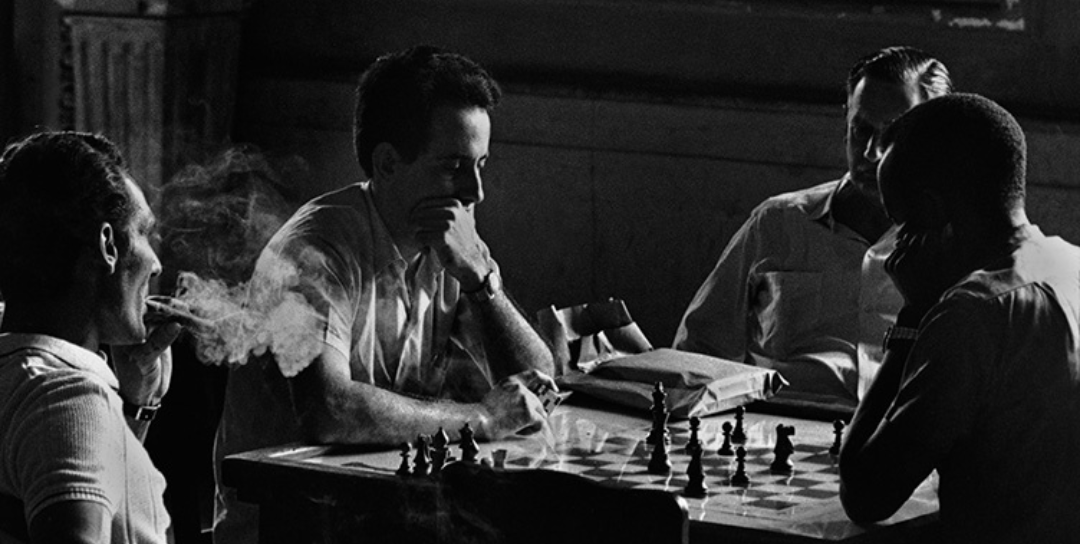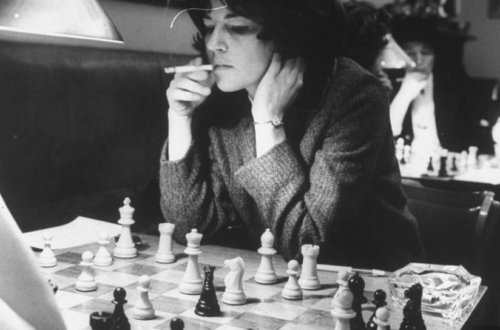
Mastering the Sicilian Defence
The Sicilian Defence is a dynamic and fiercely combative chess opening that has captured the attention of players at all levels. Renowned for its tactical complexities and aggressive nature, it provides ample opportunities for creative manoeuvring and calculated attacks. In this article, we delve into the strategic intricacies of this tactic, equipping you with the knowledge and tactics to outwit your opponents on the chessboard.
Understanding the Sicilian Defence
The Sicilian Defence arises after the moves 1.e4 c5, with Black immediately challenging White’s central control. Explore the underlying principles and motivations behind this opening, including the desire to disrupt White’s plans, create imbalances, and aim for dynamic counterplay.
Main Variations and Key Concepts
The Defence offers various main variations, each with its own strategic nuances and tactical possibilities. Analyze key concepts in popular variations such as the Najdorf, Dragon, Scheveningen, and Sveshnikov, understanding the unique ideas, pawn structures, and piece placement associated with each variation.
Tactical Opportunities in the Sicilian Defence
Tactical calculations often play a crucial role in the Sicilian Defence. Discover common tactical motifs and patterns that frequently arise in Sicilian positions, including sacrifices, piece attacks, and tactical shots. Harness these tactical opportunities to gain material advantage, seize the initiative, and launch devastating attacks against your opponent’s king.
Strategic Planning in the Sicilian Defence
Beyond tactics, strategic planning is vital. Learn how to navigate the intricacies of pawn structures, piece coordination, and positional imbalances. Uncover strategic ideas such as exploiting weak squares, creating pawn breaks, and understanding typical plans in different Sicilian variations.
Practical Tips for Successful Sicilian Play
To excel in the Sicilian Defence, several practical tips can guide your gameplay. Develop a strong opening repertoire, study master games, analyze critical positions, and refine your understanding of pawn structures and key strategic ideas. Additionally, maintaining an active piece play, staying vigilant for tactical opportunities, and adapting your plans to specific positions are crucial elements for success.
Read more articles about chess here.





